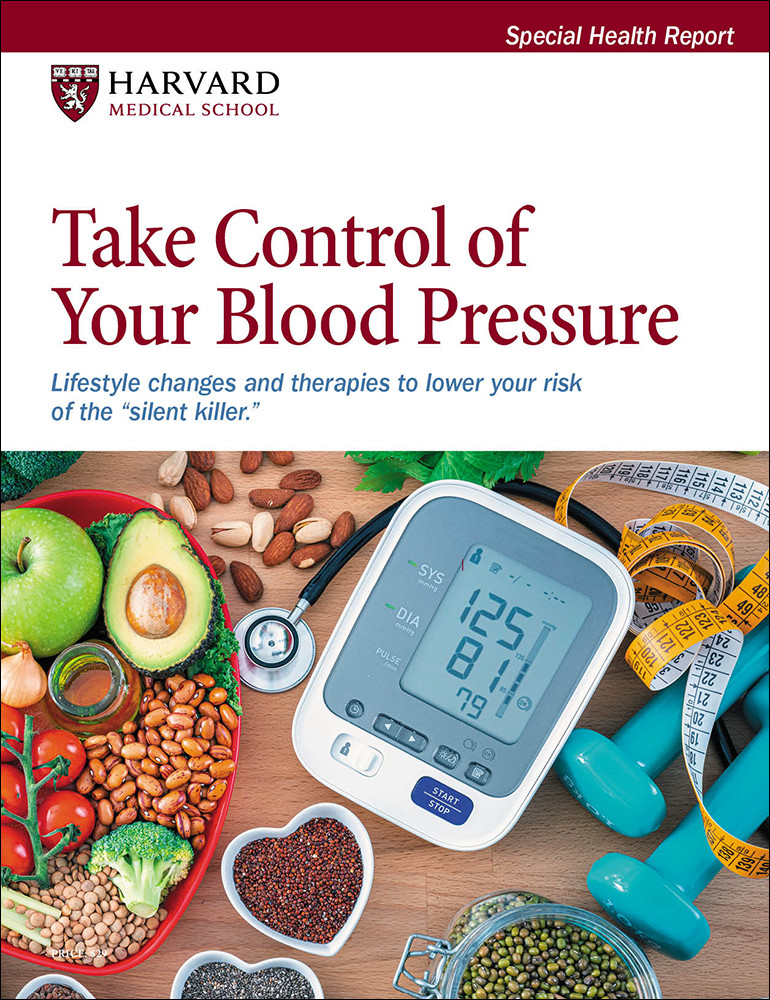Salt swaps
Because salt-laden restaurant fare and processed foods are by far the biggest sources of salt in our diets, eating home-cooked foods is the most effective strategy for cutting back. In the kitchen, swapping regular salt for sodium-free or lower-sodium alternatives can help. Here are some options.
Lemon, lime, vinegar
Instead of salt, try fresh lemon juice, lime juice, or flavored vinegars to brighten taste.
Herb and spice blends
Many people like salt-free herb and spice blends, which come in more than a dozen different flavors.Popular brands include Mrs. Dash, Penzeys salt-free spice blends, or salt-free Spike. You can also make your own blend by mixing the following:
- 1 teaspoon each of dried basil, oregano, marjoram, thyme, and dill
- ¼ teaspoon each of savory, sage, onion powder, and garlic powder
- 1/8 teaspoon of powdered ginger.
No-sodium salts
Potassium-based salt substitutes, such as AlsoSalt, Morton Salt Substitute, NoSalt, and Nu-Salt, are a good option for many people, especially since increasing your potassium intake can help lower blood pressure. But people who have kidney damage or who take drugs that increase potassium levels should avoid them.
Low-sodium salts
Products that combine salt and potassium chloride, such as Morton Lite Salt, are another option. Note that sea salt and kosher salt are not low-sodium alternatives; they have about the same amount of sodium as regular table salt.
Lighter flakes
You can also find reduced-sodium salt that’s made into flake-shaped crystals, which are less dense and therefore lower in sodium by volume (Diamond Crystal Salt Sense).











.jpg)

